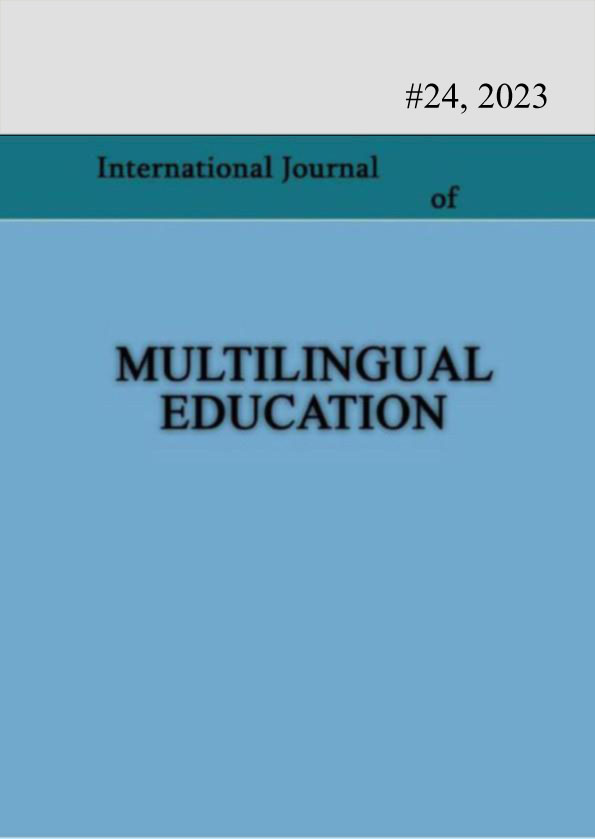Morphological Awareness and Vocabulary Acquisition. The contribution of Explicit Morphological Instruction in the acquisition of L2 vocabulary
Abstract
The aim of the paper is to examine, through aliterature review, how explicitmorphological instruction can benefit the learning of morphologically complex wordsin L2 Italian.
In the work, the mental lexicon of learners is presented as a network of words based onmorphological links. From this premises, it discusses the benefits of explicitmorphological instruction on vocabulary acquisition for L2 learners, such as improvingreading comprehension, increasing motivation to investigate words, and developingvocabulary knowledge in depth and size.
Furthermore, this paper proposes teaching activities for L2 Italian learners to tap intoMorphological Structure Awareness and analysis, focusing on the suffix-ino, whichadds a range of connotative and pragmatic meanings. The authors suggest that explicitmorphological instruction should engage students in problem-solving and inquiry-basedactivities to produce novel complex words. By teaching students how to recognise andanalyse the structure of morphologically complex words, students can increase theirvocabulary knowledge and autonomy, resulting in the ability to independently learn newwords and reflect on their structure.
Downloads
Published
How to Cite
Issue
Section
License

This work is licensed under a Creative Commons Attribution-NonCommercial 4.0 International License.

